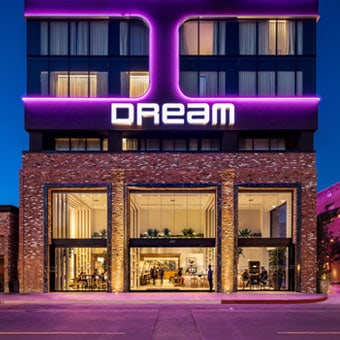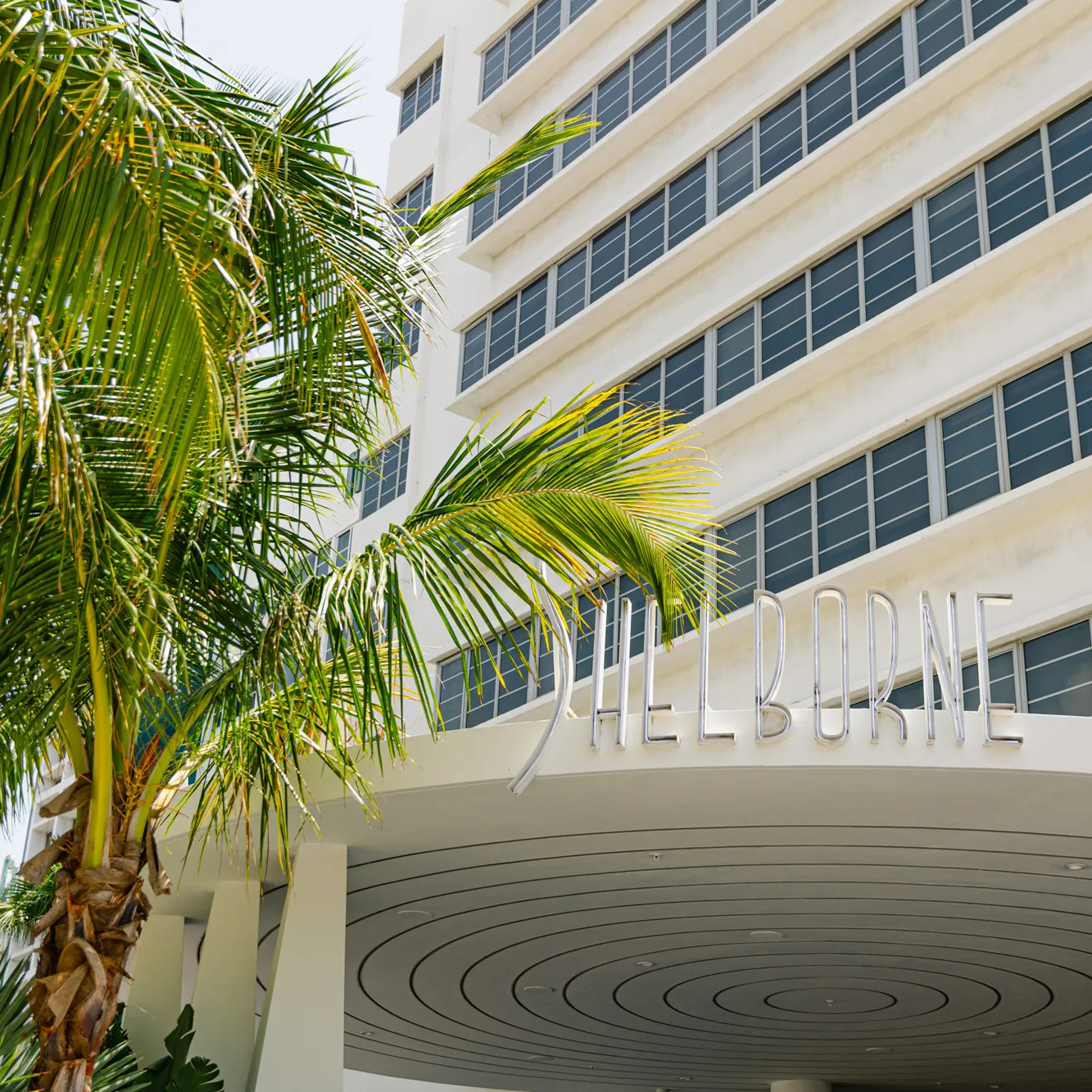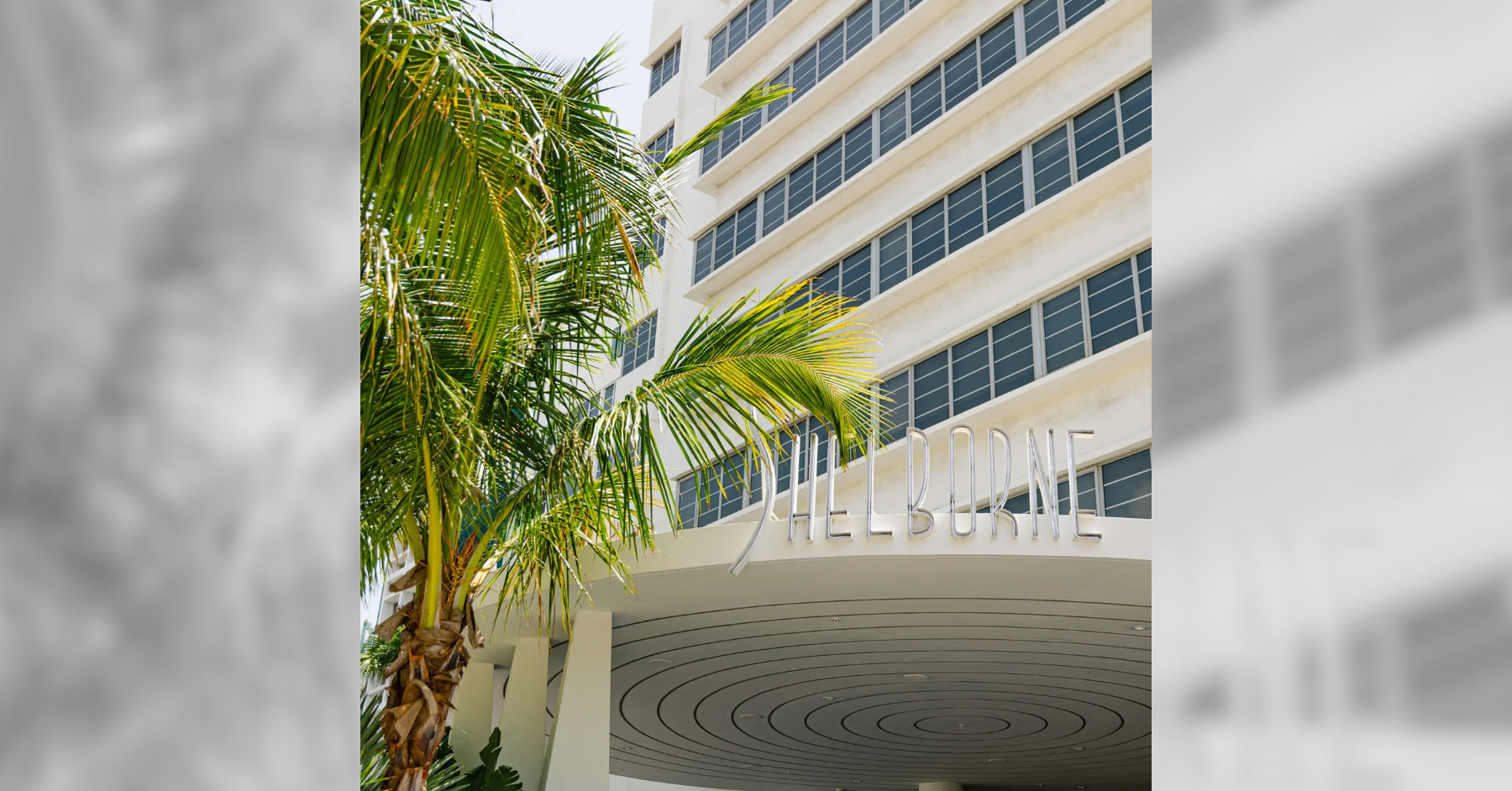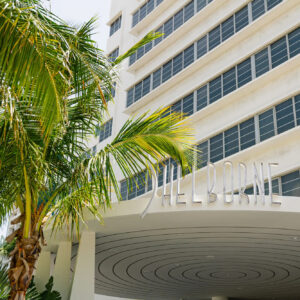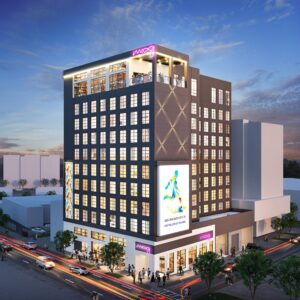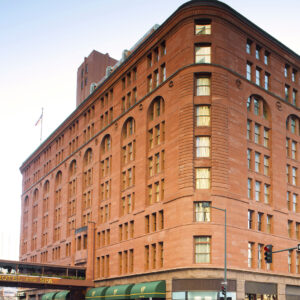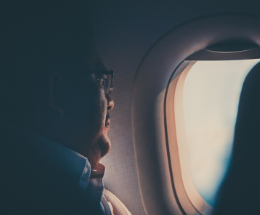
The H-1B Visa Ban and the Unexpected Ripple Effects of Trump’s Proclamation
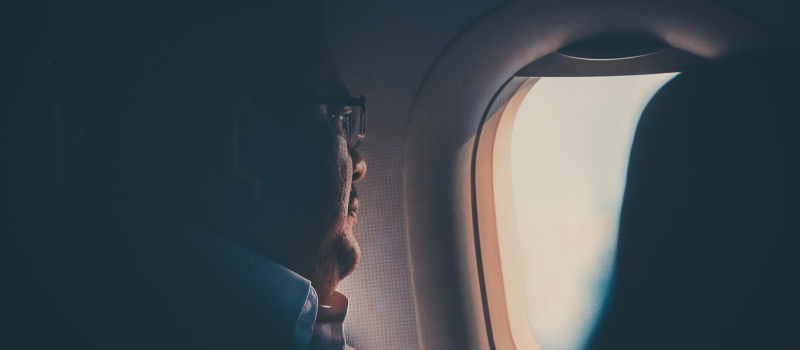
Proclamation Suspending Entry of Aliens Who Present a Risk to the U.S. Labor Market Following the Coronavirus Outbreak
On April 22, 2020 President Trump issued a proclamation putting travel and visa restrictions on certain nonimmigrant visa categories including H-1B, H-2B, J and L visas. Sixty days later, on June 22, 2020, he signed a second proclamation extending the administration’s immigration restrictions until December 31, 2020. The administration reasoned that the restrictions were put in place to protect American workers, as the COVID-19 pandemic drove over forty million Americans to file for unemployment.
1. What Visa Categories Are Affected
The four visa categories affected by the proclamation are nonimmigrant visas that do not offer permanent residency.
- The H-1B visa is an employment-based visa for highly skilled foreign workers. The total cap for new visas each fiscal year amounts to 85,000.
- The H-2B program is used to fulfill temporary non-agricultural work positions. There is a cap of 66,000 H-2B visas per year.
- The J-1 classification, also known as exchange visitors, is a visa issued to research scholars, professors and exchange visitors participating in programs that promote cultural exchange.
- The L visas are used for intracompany transfer of employees with specialized knowledge or executives or managers.
Accompanying visas for spouses and children of the above visa applicants are also affected by the proclamation.
2. Restrictions and Exemptions
The Trump proclamation specifically limits issuance of new visas in the above categories and entry to the United States of aliens who did not have a valid visa at the time the proclamation was issued. What this means is that any alien who was outside of the United States and did not already have an issued visa would be banned from entering the country. The suspension and limitations do not apply to lawful permanent residents of the United States, spouses or children of United States citizens, aliens seeking to enter the country to provide temporary labor or services essential to the food supply chain or aliens whose entry would be of national interest as determined by the Secretary of State, the Secretary of Homeland Security, or their respective designees. What this means is that spouses of permanent residents (or green card holders), who did not have a valid visa at the time the order was issued and were outside of the U.S., cannot enter the country while the ban is in effect.
3. Duration of Restrictions
The effective date of the proclamation is June 24, 2020. It shall expire on December 31, 2020, but it may be continued if seen necessary. What is interesting about the order under section 6, Termination, is that it states that the Secretary of Homeland Security, in consultation with the Secretary of State and Secretary of Labor, within 30 days of the effective date and every 60 days thereafter shall recommend any modifications that are needed. This statement leaves an open door either for lifting the restrictions or adding new limitations.
Who Will Hurt the Most from Trump’s Proclamation?
Naturally, first to mind come the aspiring applicants — the engineers, software developers, IT professionals, researchers with advanced degrees, professors, students to name just a few.
But there is another group expected to feel the ramifications more severally, and that is IT companies in the U.S. While some may think that the most affected might be the Indian IT companies that use the H-1B and L-1 visas extensively to source talent from abroad, the truth lies elsewhere. According to an article in Quartz India, large Indian IT companies such as Tata Consultancy Services, Infosys, and Wipro have been preparing themselves for tightening laws on immigration. And in recent years they either increased hiring local talent or moved offices in Mexico or Canada to continue to serve the same U.S. time zones but benefit from immigration-friendly policies in those countries. As a result, India’s dependency on H-1B decreased by 50 percent over the last couple of years, whereas the top five US tech companies’ dependency had increased by 43 percent.
Thus, the restrictions on the H-1B program would appear to be a major blow to U.S. technology companies which are heavily dependent on H-1B visas. It is further reinforced by the sharp reactions the proclamation drew from Apple, Facebook, Google and other tech giants. “America’s continued success depends on companies having access to the best talent from around the world,” said Google’s spokesman Jose Castaneda. “Particularly now, we need that talent to help contribute to America’s economic recovery.”

Critics of the proclamation also claim that the restrictive measures on these legal immigration programs will end up stifling innovation and cause the U.S. to fall behind on the global playing field of advancements in the area of technology. Sheela Murthy, founder of Murthy Law firm, also argues that this shift would not only hurt the U.S. economy but also cause top U.S. tech companies to look at countries like India to set up offshore centers. Chuck Robins, CEO of Cisco told the Financial Times “we still have a talent shortage in the tech field.” And he went so far as to equate the Trump job protection act to a “Canadian Jobs Creation Act.”
One of the expected long-term effects of the proclamation is sending the ‘You are not welcome’ message to hard-working highly skilled foreigners who wish to come legally, contribute to the workforce and pay their taxes. The best way to illustrate how much the U.S. might lose out through its hardened immigration policies is to look at the number of inventor immigrants by country. The bar graph tells the story of a nation built on the backbone of progressive immigration policies. Like Edward Alden, an immigration expert at the Council on Foreign Relations, said it, the President is “killing the goose that laid the golden egg,” since the U.S. has been the beneficiary of a decades-long influx of highly skilled engineers, scientists and students from around the world.
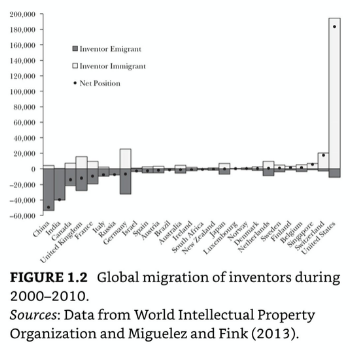
Another ripple effect of the proclamation not to underestimate is the reaction this will draw from the international community and the dampening foreign appetite for U.S. business education. According to the Graduate Management Admissions Council, 48% of U.S. MBA programs reported a decrease in international applications for their 2019 entering classes, as a result of declining interest and negative immigration rhetoric from the current administration. While these declines have an economic impact to educational institutions and local economies, they also affect the overall educational experiences for other students who can benefit from the diversity and global views international students bring to U.S. schools and communities.
Brief H-1B History and Benefits
The H-1B visa program was launched when President George H.W. Bush signed the “Immigration Act of 1990.” It was intended to help American firms fill in labor shortages in rapidly growing fields that demand specialized skills, such as research, engineering and computer programming. To understand the important role that H-1B workers play in the U.S. economy, one has to consider all the benefits of foreign workers filling a critical need in the U.S. labor market, particularly in the science, technology, engineering and math (STEM) fields.
- From 2009 to 2011, wage growth for U.S.-born workers with at least a bachelor’s degree was nominal, but wage growth for workers in occupations with large numbers of H-1B petitions was substantially higher.
- Unemployment rates are low for occupations that use large numbers of H-1B visas. For example, many STEM occupations have very low unemployment compared to the overall national unemployment rate. These low unemployment rates signal a demand for labor that exceeds the supply.
- Research indicates that an increase in H-1B visas could create an estimated 1.3 million new jobs and add around $158 billion to the gross domestic product in the United States by 2045.
- It is estimated that Indian temporary workers on the H-1B and L1 visas alone contribute $3 billion in social security funds annually, even though many don’t stay long enough to benefit from it.
The H-1B program though has had its fair share of controversy and many critics believe that H-1B is plagued by fraud and works to displace American workers with cheap foreign labor. However, a recent study by the National Foundation on American Policy found that the unemployment rate for individuals in computer occupations (typically the occupations fulfilled by H-1B holders) declined to 2.8% in April 2020, from 3% in January, while for other occupations it went up to 15% from 4.1% in the same period.
In April 2017, President Trump signed an executive order ‘Buy American, Hire American’ which seeks to protect the economic interests of American workers through more rigorous implementation of immigration laws. As a result, USCIS rescinded a policy under which immigration officers gave a more limited review to visa holders seeking to extend or renew their visa, and generally increased the scrutiny of all new H-1B applications. According to the latest government data, there has been a significant increase in H-1B denials by USCIS. Denial rates for initial employment have risen from 6 percent in 2015 to 24 percent through the third quarter of 2019.
What Does the Future Hold for the H-1B Program?
While it is unlikely that the H-1B program will be completely scrapped away, the current administration’s ambitions of overhauling it are not a secret. A recent Forbes article speculates that the June 22 presidential proclamation suggests in section 5 that new reforms may be pursued that can possibly force foreign nationals waiting years for employment-based green cards to go through the “labor certification” process again. The analysis in the article goes to suggest that the regulation or policy change would aim to force highly-skilled Indian, Chinese and Filipino nationals to leave the United States en masse.
H-1B Alternatives
Considering the annual visa cap, increased denial rates and the uncertainty around immigration policies, there is no surprise that more and more H-1B applicants are seeking alternative routes to obtain legal status and work permit in the United States. Unfortunately, the L-1 or J-1 visas which in some cases can be considered as alternatives have been also impacted by the presidential proclamation. Here are a few visa categories which have not been affected by the order:
- The EB-2 visa is for individuals with advanced degrees or exceptional ability with a permanent job offer from a U.S. company. As per the June 2020 visa bulletin, there is about 11 years wait time or backlog for Indian applicants and 5 years for Chinese.
- The EB-3 visa is for bachelor’s degree holders, skilled and unskilled holders. While June 2020 marked a significant change in wait time for most backlogged countries, Indian applicants still see about 11 years wait time before their priority date becomes current.
- The EB-5 visa allows foreign investors to live, work, study and it provides a path to permanent residence without any educational qualifications, employer sponsorship or language proficiencies. As of July 2020, there is still a backlog for Chinese applicants but no visa backlog for Indian applicants.
U.S. non-immigrant programs like the H-1B have only become more complex and challenging to participate in and a black swan event like COVID-19 has all the more intensified its challenges.
It is not uncommon for H-1B holders to switch to an EB-5 visa if they seek to settle down permanently in the U.S. Here is a list of 10 reasons foreign investors choose to pursue the EB-5 green card.
The history of U.S. immigration policies can act as an invaluable compass for steering aspiring immigrants in the right direction in challenging times. By staying in tune with the most up-to-date immigration policies and available programs, one can better prepare for what lies ahead.
Obtain more information on attractive investment projects with potential for a permanent U.S. green card.


